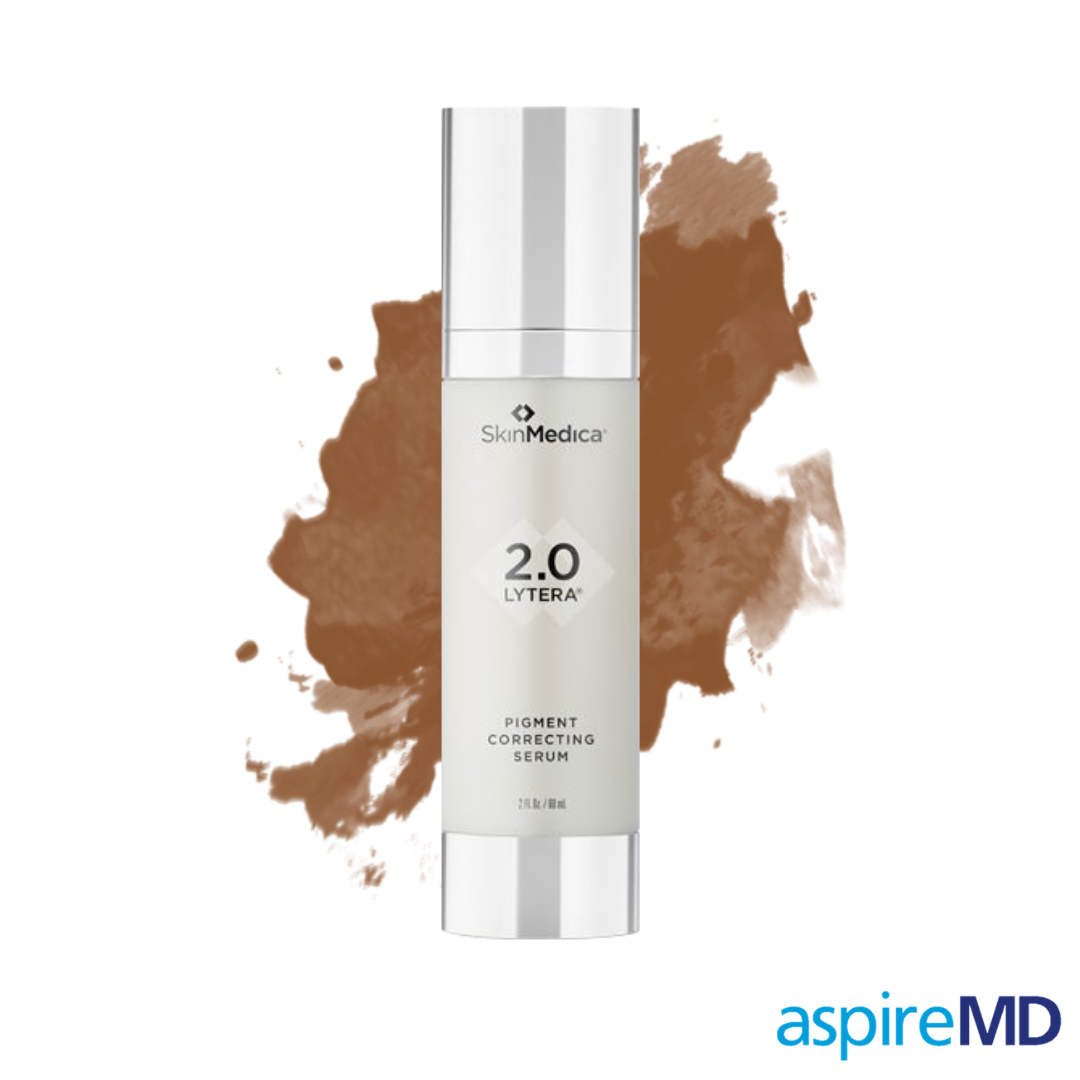Hyperpigmentation Playbook Brown Blotches/Hyperpigmentation/Melasma...
.png)
What’s the difference and how to get rid of it! Hyperpigmentation is a medical term for dark patches or brown blotches on the skin. Our primary focus of this conversation is the face; however, the principles apply to the body as well. Darkening of the skin may occur for a variety of reasons. It may be the skin’s ‘protective’ response to inflammation caused by aging, sun damage, acne scarring, trauma or skin conditions such as eczema or psoriasis etc.
Melasma is a subtype of hyperpigmentation. It is a chronic condition, with a genetic predisposition for your skin’s melanocytes (melanin i.e. brown pigment producing cells) to overproduce. Most typically triggered by hormones (implicating estrogen primarily) and sun/heat. So, we see melasma commonly in women, most prevalent on the cheeks, forehead, chin and above the lip. And in those from hot, sunny parts of the world. Commonly melasma may first present in the hyper-estrogen state of pregnancy as the ‘mask of pregnancy’.
As we age, with compounding inherent and environmental instigators – our melanocytes dump their pigment into lower levels of the skin, like tattoo pigment. The deeper the pigment, the tougher to treat. In real time this means if an area of skin has been regularly exposed to harmful UV rays without proper protection, the damage will be deeper, therefore harder to treat than a fresh dark spot leftover from a blemish that’s been shielded from the sun.
Always best assessed and confirmed by a medical doctor, melasma has no long-term health concern. However, many people with melasma feel self-conscious about the discolouration, prompting them to seek solutions to improve their appearance.
Best Approach
- Remove triggers exacerbating melasma such as sun, heat and excessive hormones.
- Prevent exposure to the sun – wear a wide brim hat, sunglasses and definitely your SPF. Be sure your sunscreen is greater than SPF 30 with reapplication of physical barrier/sun shield. Broad spectrum titanium and zinc oxide in tinted and non-tinted TIZO TM or SKM Total Defense & Repair are our aspireMD team’s faves.
- Use daily antioxidant protection. Discuss with us 2CRM+ or LumiVive as your best options.
- Apply skin tone lightening and brightening products, such as Vitamin C, Hydroquinone, Retinoic, Azelaic, Kojic acids and Botanicals in various strengths and combinations. For moderately severe melasma aspireMD recommends Hydroquinone for 6 months April to October. Results are maintained with botanical Lytera year around.
- Exfoliation with -Microdermabrasion/ Silkpeel with Lumixyl -Melasma Peel -Controlled Depth Peel - Maintenance therapy is required for optimal outcomes and continued benefit. The aspireMD Skin Care Team is happy to assess and customize your treatment plan during your complimentary consultation.





